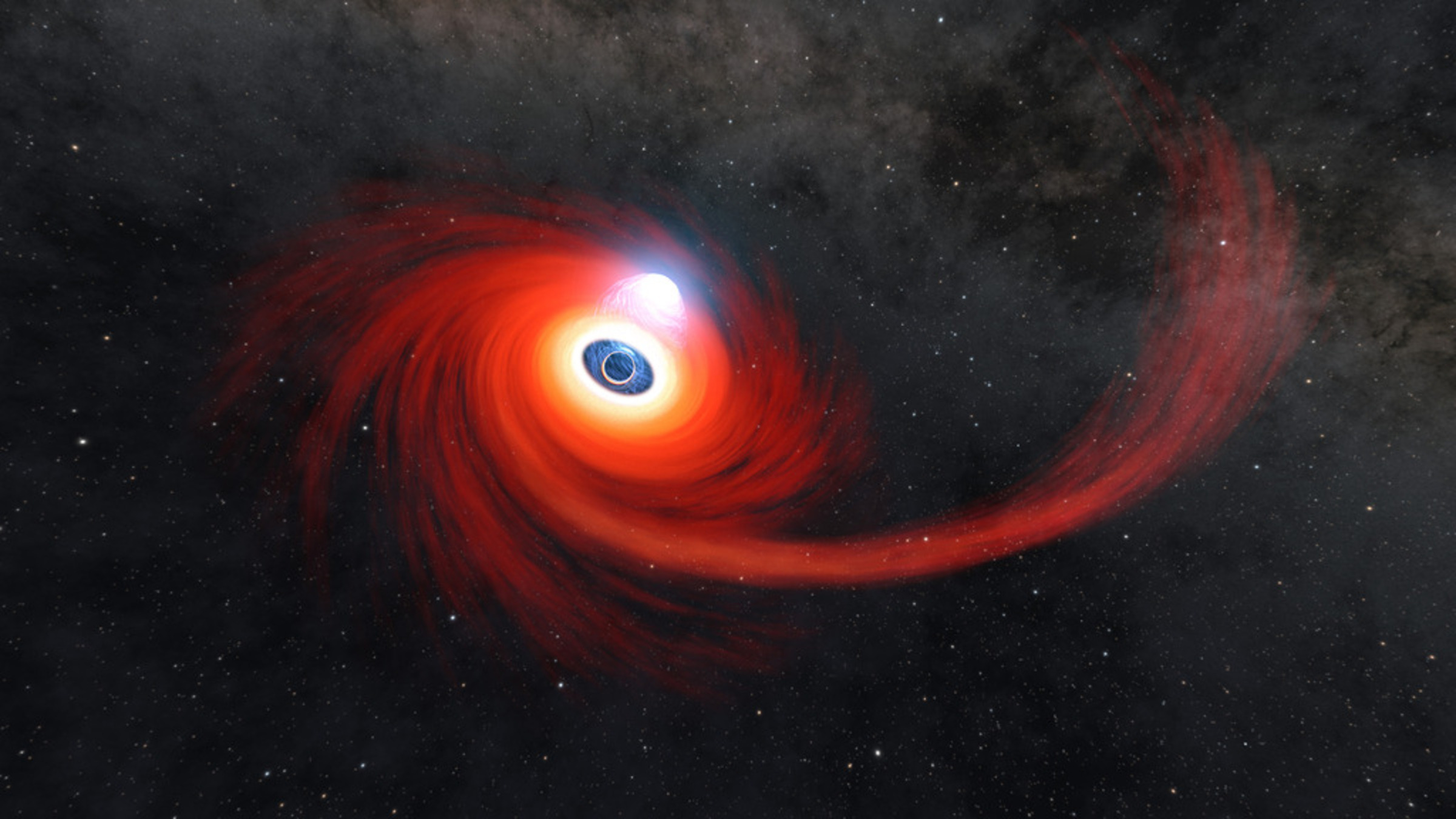

In the last week, NuSTAR has been monitoring a new ultralong X-ray transient first detected by the Einstein Probe on July 1st, 2025, referred to as EP250702a. This source is a highly unusual transient event characterized by long-lived X-ray and near-infrared emission that was preceded by multiple high-energy gamma-ray flares lasting for over 16 ks that were detected by multiple gamma-ray satellites (Fermi, SVOM, Konus-Wind, Einstein Probe) on July 2nd, 2025. Its properties diverge from known Galactic sources like X-ray binaries, and deep near-infrared imaging with the Very Large Telescope and Keck Telescope identified an extremely red counterpart near a red host galaxy with a negligible chance of random alignment, strongly supporting an extragalactic origin. This makes EP250702a an exceptional candidate for a relativistic jetted tidal disruption event (TDE). A TDE is produced by the shredding of a star as it passes too close to a supermassive black hole, usually at the center of their host galaxy. Approximately 100 TDEs have been discovered at optical wavelengths, but only 4 events have shown robust evidence of launching relativistic jets. While a handful of non-relativistic TDEs have been found at offset locations in satellite dwarf galaxies, EP250702a is potentially the first relativistic TDE observed from an offset intermediate-mass black hole (IMBH). Multi-wavelength observations revealed an extremely fast-fading source, whose characteristics, such as the short timescale X-ray variability observed by NuSTAR, align more closely with known jetted TDEs like Sw J1644+57, while excluding typical gamma-ray bursts (GRBs). While its nature is yet to be confirmed, it has the entire time domain astronomy community waiting in suspense for the confirmation of only the 5th relativistic TDE and the first discovered through high-energy observations since 2011. Further observations are underway by NuSTAR, Swift, and Chandra at X-ray wavelengths, and radio monitoring has begun with the VLA and MeerKAT, among others. Radio observations over the next weeks will eventually be able to confirm whether the source is relativistic in nature, providing a critical piece of missing information.
Authors: Brendan O'Connor (McWilliams Fellow, Carnegie Mellon University) and Dheeraj Pasham (Eureka Scientific/George Washington University)